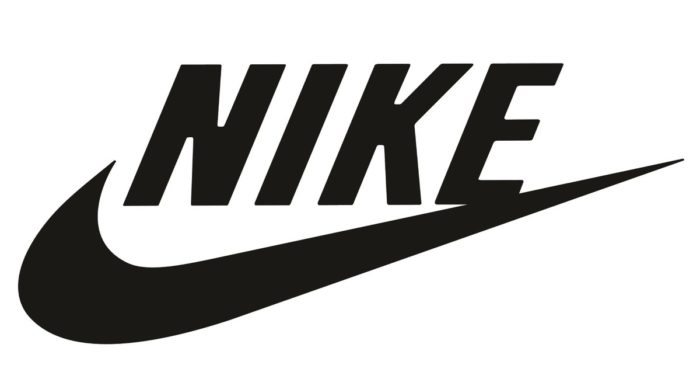The idea of Nike began way back in the 1950s. A track coach by the name of Bill Bowerman was at the University of Oregon training his team. Bill was always looking for a competitive edge for his runners, like most of us today look for any advantage we can get. Bill said he tried using different shoes for his runners as well as trying other things to try and make his athletes better. Bill tried to contact the shoes manufactures in attempt to try out his ideas for running shoes. This however failed. In 1955 a track runner by the name of Phil Knight enrolled at Oregon.… Read the rest
Advertising Case Studies
Case Study: PepsiCo’s International Marketing Strategy
Pepsi was created by chemist named Caleb Bradham. He was inspired to experiment with various products and ingredients to create a suitable summer drink that became highly sought after way back in the summer of 1898. It was this summer inspiration that later evolved into what we now know as Pepsi Cola. The company was launched officially in the year 1902. The beginning of Pepsi Cola was in the back room of his pharmacy, but recognizing its potential, Caleb soon started bottling the product so that people all over can enjoy it. As the years passed, Caleb started franchising the bottling of the drink to different people in different locations.… Read the rest
Case Study: Airbnb’s Growth Strategy Using Digital Marketing
Digital Marketing is a way of promoting and selling products and services by leveraging online marketing strategies such as search marketing, social media marketing or even email marketing. Digital Marketing is known as one of the best ways to help businesses to send their message in front of their best prospects and customers. The idea is to send the right and best offer at the right place and time. Today, customers are found online, on social media, staying updated on news sites or blogs, searching online if there is a need.
Digital Marketing is no different than traditional marketing, both seek to develop a mutually beneficial relationship with leads, customers and prospects.… Read the rest
Case Study: General Electrics “Imagination At Work” Ad Campaign
Throughout its history General Electric Co. enjoyed the benefits of a consistent marketing message. From the 1930s to the 1950s the company relied on the slogan ‘‘Live better electrically,’’ which was followed by two decades of variations on the word ‘‘progress,’’ such as ‘‘Progress is our most important product.’’ In 1979 GE unveiled ‘‘We bring good things to life,’’ a cornerstone to one of the most successful corporate branding campaigns in history, backed by about $1 billion in advertising. The company also had consistent leadership in the form of John F. ‘‘Jack’’ Welch, who became chairman and CEO in 1981. The charismatic leader sought to build up GE’s status in all of the technology, service, and manufacturing areas that the company participated in.… Read the rest
Case Study: American Express “Do More” Advertising Campaign
American Express had built its reputation as a prestigious charge card. In 1976 the company began its famed ‘‘Do You Know Me?’’ campaign in which celebrities ranging from dancer Mikhail Baryshnikov to puppeteer Jim Henson appeared in ads that pictured them and an AmEx Green Card bearing their names. In 1987 the ‘‘Portraits’’ campaign followed a similar formula. By aligning the brand with stars, AmEx cultivated the notion that carrying one of its cards was more akin to joining an elite country club than making a financial transaction. As later ads sniffed, ‘‘membership has its privileges.’’ In the 1980s, however, AmEx’s careful positioning began to backfire.… Read the rest
Case Study: Social Anxiety Disorder Campaign by SmithKline Beecham
In 1987 Eli Lilly and Company won U.S. approval to sell Prozac, the first among a class of drugs called Selective Serotonin Reuptake Inhibitors (SSRIs) that treated clinical depression by elevating levels of serotonin–a chemical believed crucial to regulating mood–in the brain. Prozac’s effectiveness and lack of side effects compared to existing medications for depression revolutionized not only the way mental illness was treated by psychiatrists but also the way it was perceived by the public. By 1992, when Pfizer and SmithKline Beecham introduced their own SSRIs, Zoloft and Paxil, respectively, depression had lost much of its stigma in the United States.… Read the rest





